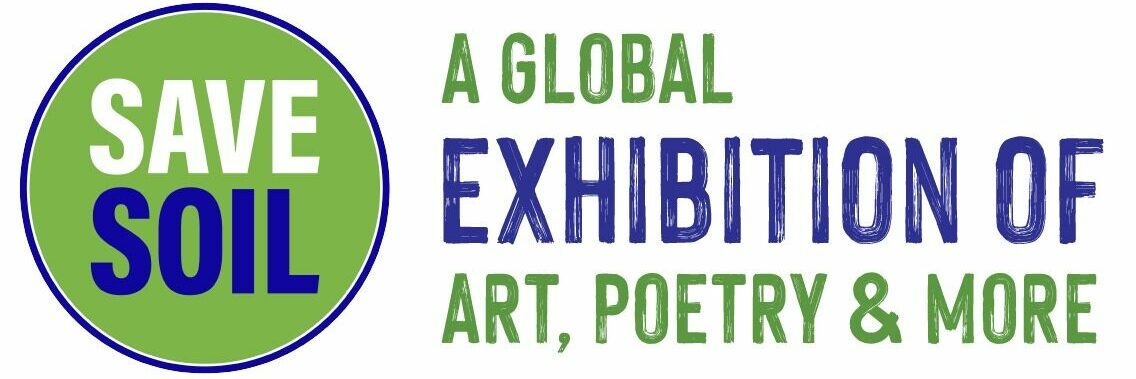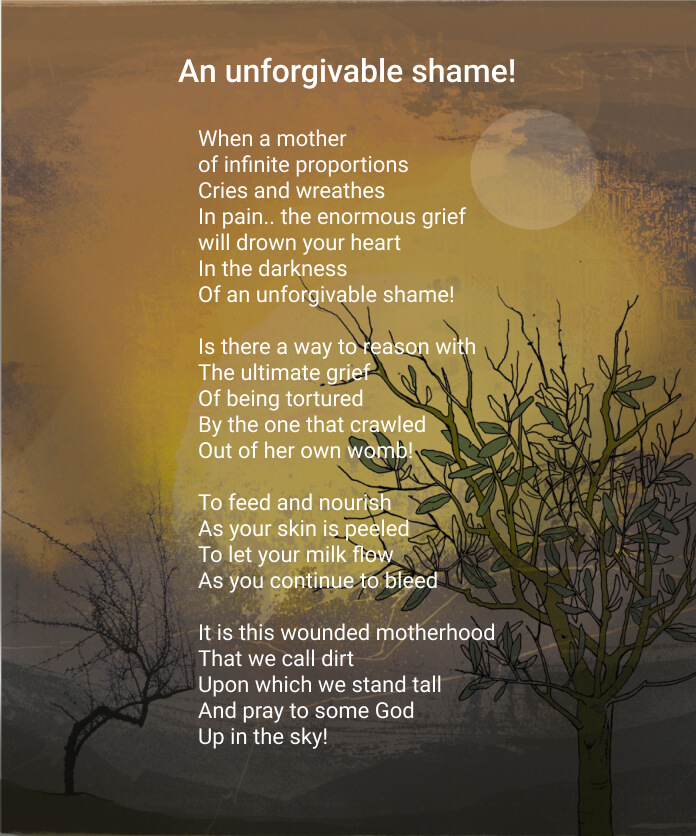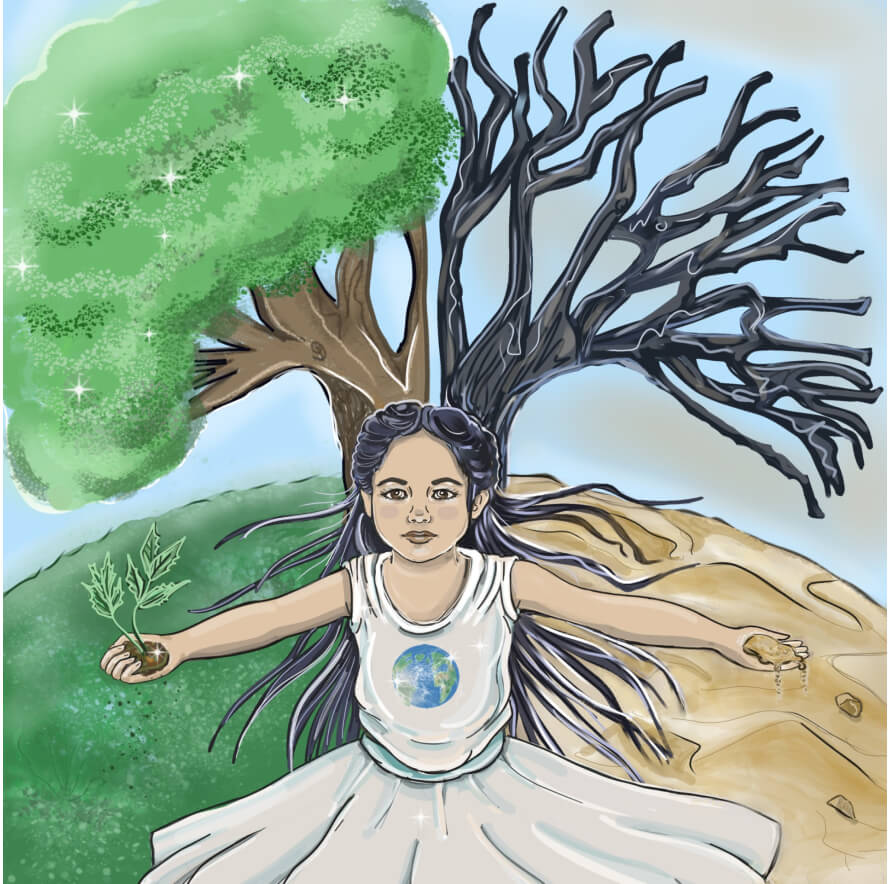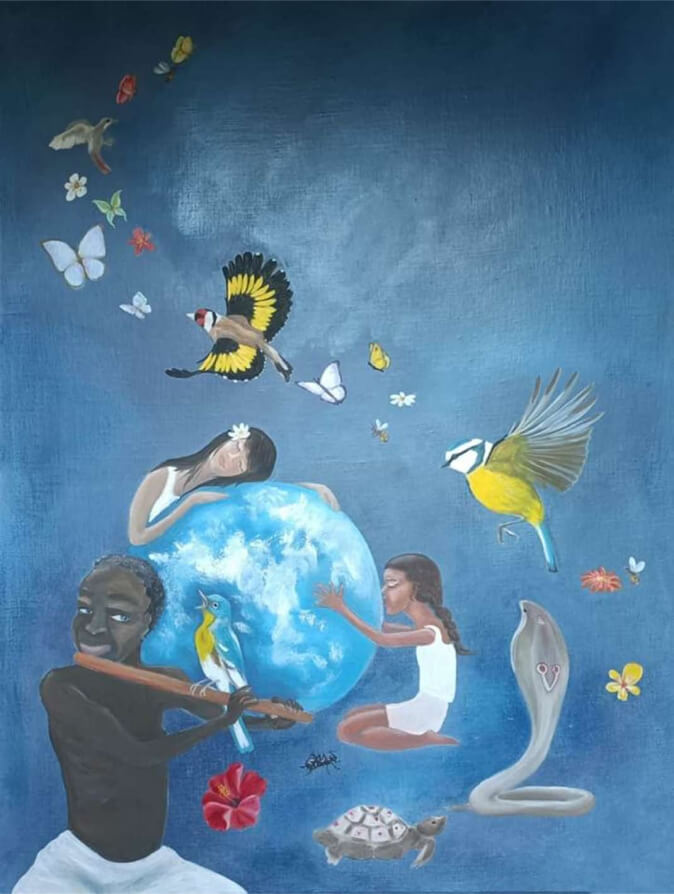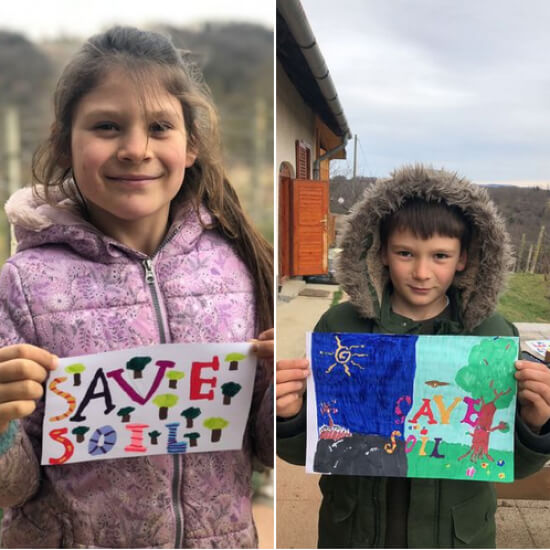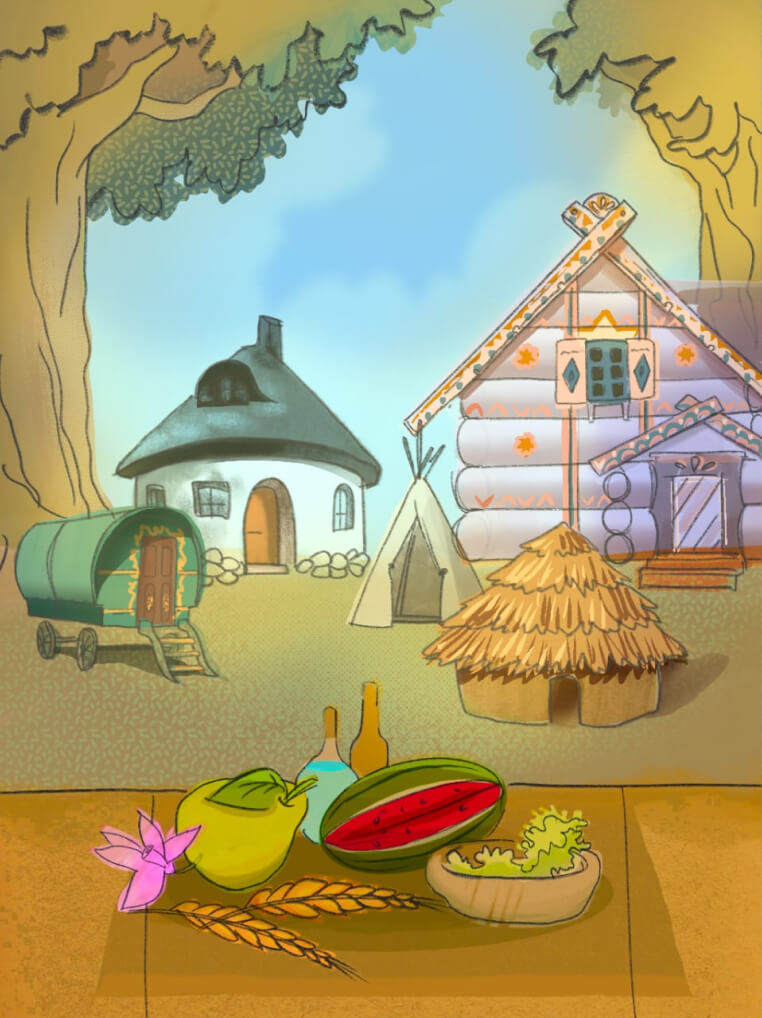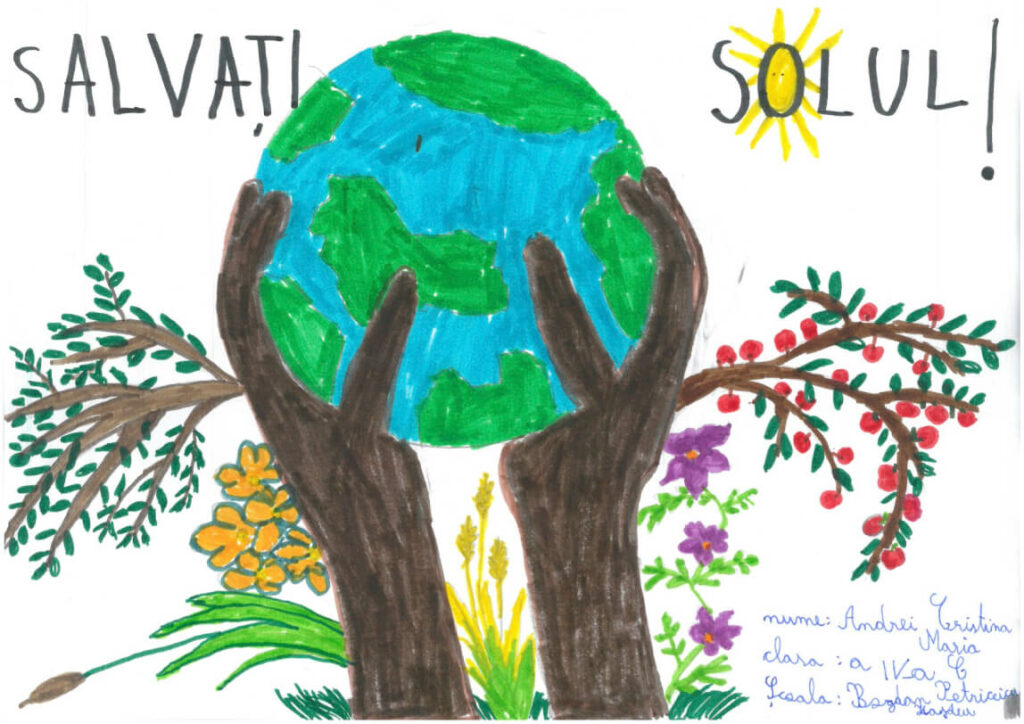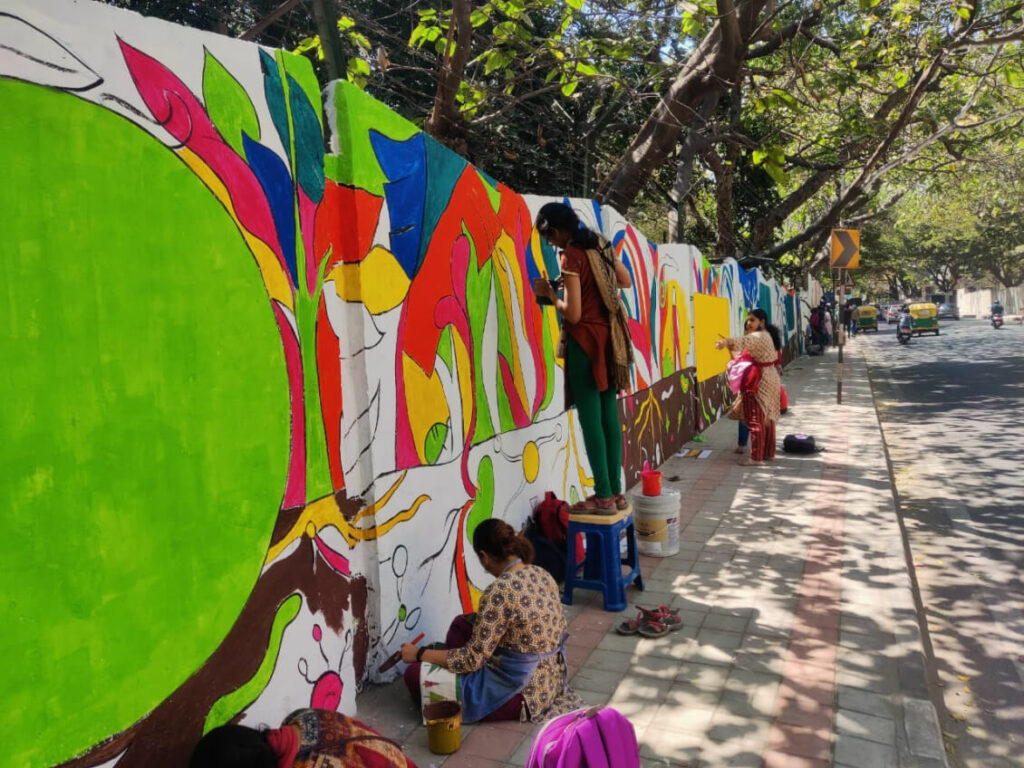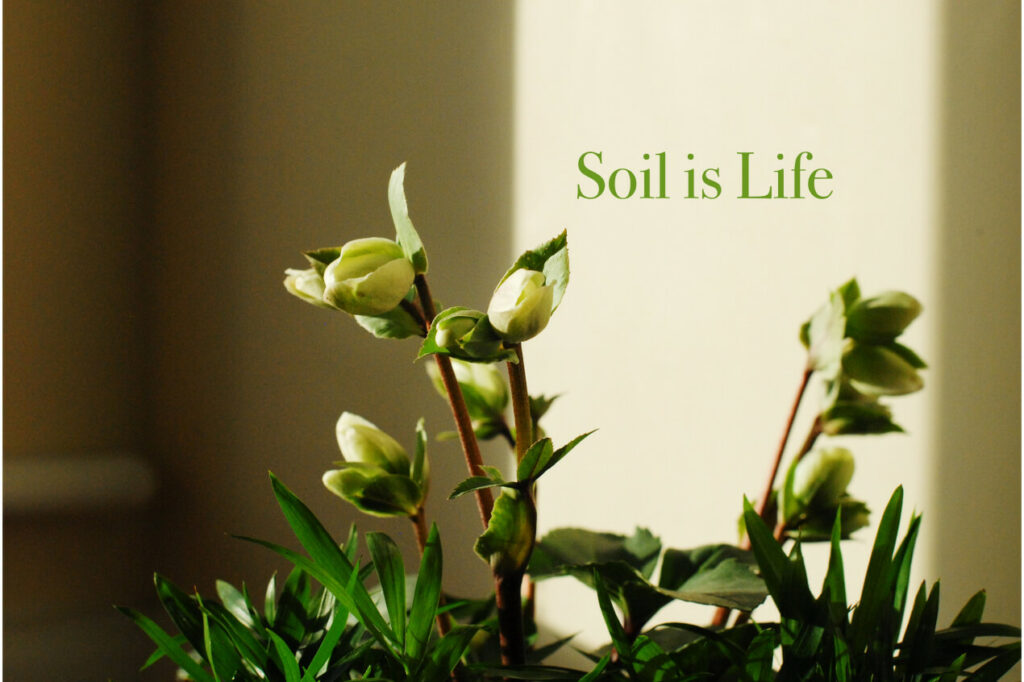
Tips to get started
You can participate individually or as a group.
All you have to do is sign up and add your creations to the gallery!

Get inspired
Watch our introductory videos.
Discover more in our fascinating library of videos, websites and facts all about soil.
View the creative themes.
Spend some time outside and get in touch with the soil in your local area.
If you are a teacher, check out our lesson resources.

Get creative
Put your unique talents to work:
- Compose poems
- Make artwork
- Take photos
- Put on a play
- Create a nature garden
- Write a song
- Shoot a news report
- Do a science project
- Choreograph a dance routine
- Pen some short stories
- Share letters you’ve written to people with influence
Note for schools: you can bring the theme of soil into whatever you are planning to teach. Whether it’s landscapes, still-life, impressionism, surrealism, pottery, photography, weaving, haikus or iambic pentameters – it can all fit into our themes. You may also find that some of the artwork or poetry your students have already created fits well into this exhibition.

Share your exhibits online
Make sure to share your creations on all of your social media channels and invite everyone you know to share too!
Don’t forget to add #SaveSoil & #ExhibitSaveSoil on your posts. We will be happy to amplify your exhibits from our social media handles. Make sure to tag influential people, to spread the word!
Share your creations in the gallery as and when you make them!

Share your exhibits in person
Bring awareness to your community by putting on an exhibition.
Dates
Choose whatever dates work best for your team and community.
We encourage you to put on your exhibition as early as possible as you will then be an inspiration to others.
Invitation
You can invite local representatives and VIPs – so they get to know more about soil too.
You could even invite your favourite celebrities or ask a local journalist to cover your exhibition.
You can open your exhibition to the public, or just focus on the people within your community or institution if you prefer.
Collaboration
You may wish to come together with others in your local area and combine your exhibitions, or schedule them so that they form a sequence of events.
Curation
You can curate your exhibition in line with our suggested exhibition themes or any way you wish!
Advertising
You can put posters up in your community and advertise on your social media channels.
Downloads
To advertise your exhibition you can use the Save Soil logos and Save Soil Placard.
A Save Soil Exhibition Flyer to invite others to join.
A How to Participate Flyer to explain to schools how to take part.
A Save Soil Exhibition Flyer for Children to invite young children and their parents to join.
